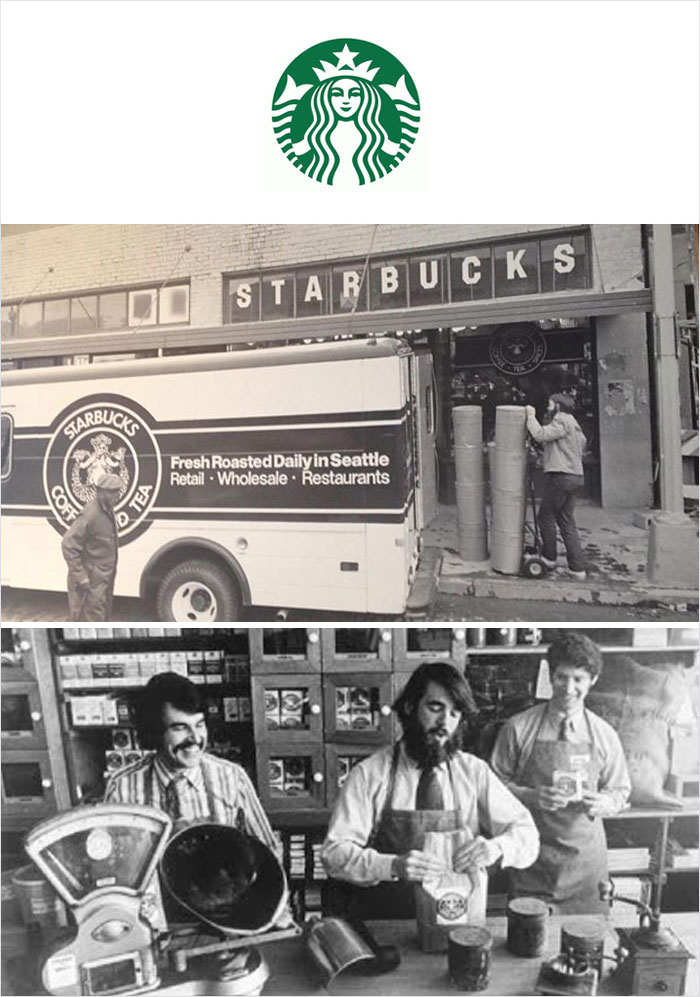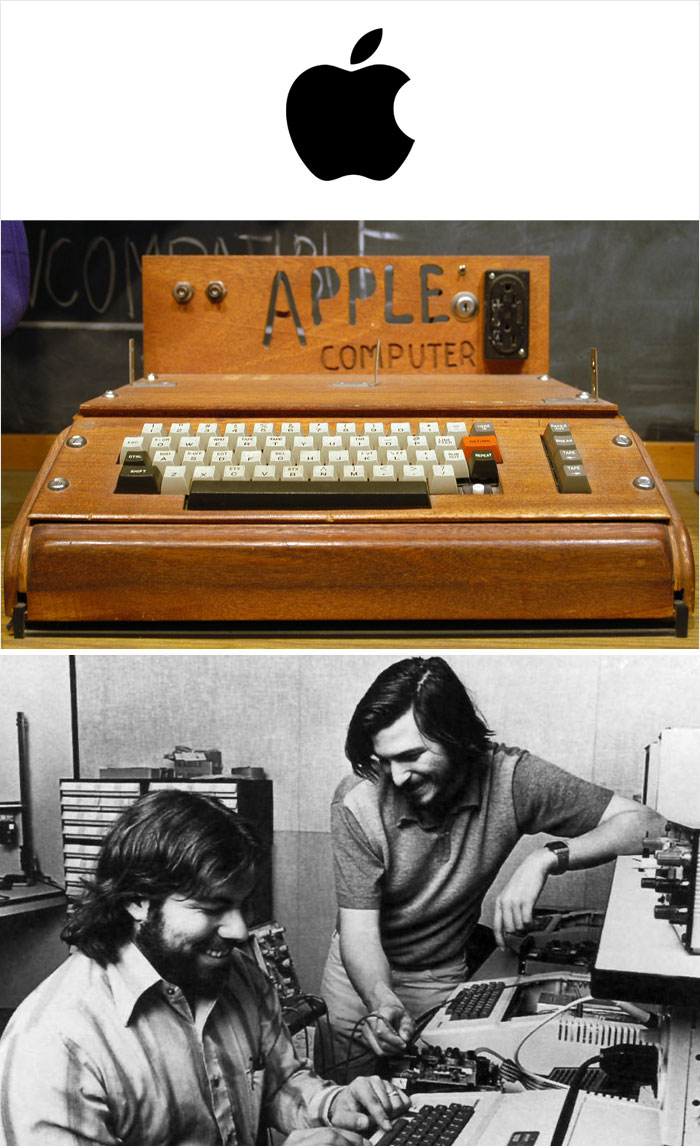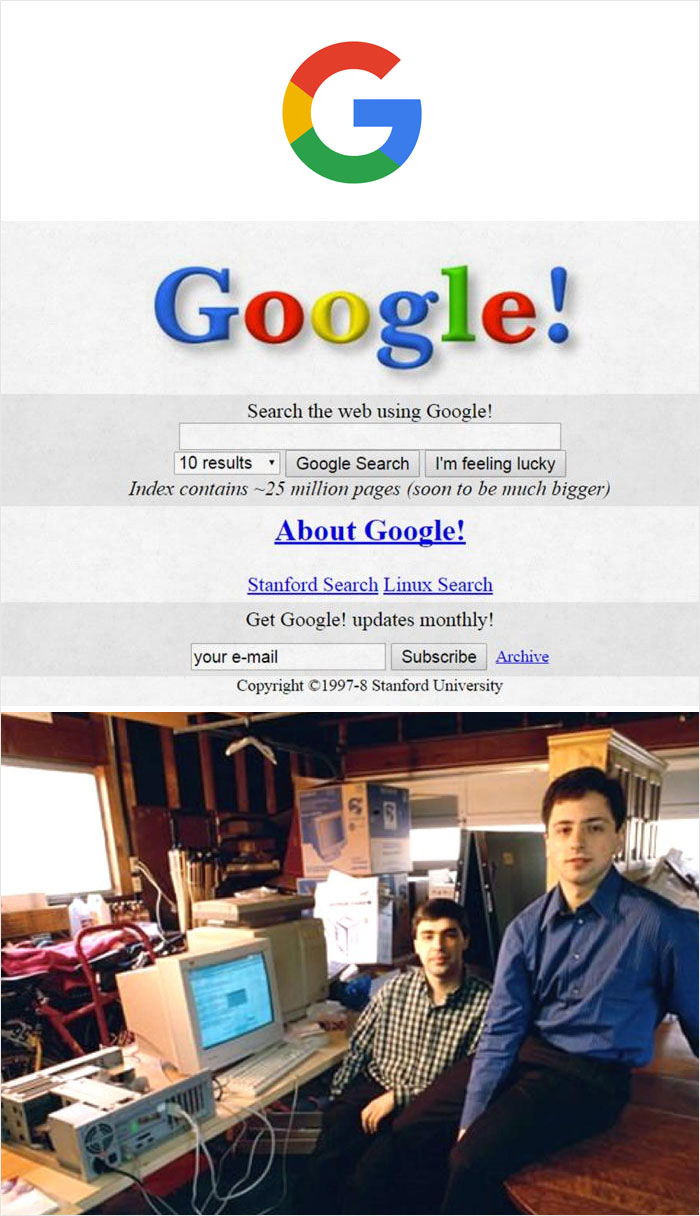


Wooden Toys (1923)

Struggling to find enough wood to build furniture during Denmark’s recession of the 1930s, Ole Kirk Kristiansen began turning wood scraps into children’s toys. Some of LEGO’s first products included toy trains, automobiles, and a wooden duck on wheels that quacked when pulled.
When he started experimenting with plastic toys in 1947, most department stores weren’t interested. Fortunately for future generations of LEGO builders, that didn’t discourage him, and plastic bricks eventually became the focus of the company.
Automatic Loom (1926)

Grocery Trading Store (1938)
.jpeg)
Samsung was founded as a grocery trading store on March 1, 1938, by Lee Byung-Chull. He started his business in Taegu, Korea, trading noodles and other goods produced in and around the city and exporting them to China and its provinces.
Samsung first entered the electronics industry in 1969 with several electronics-focused divisions—their first products were black-and-white televisions. During the 1970s the company began to export home electronics products overseas.
Rice Cooker (1946)
.jpeg)
After World War II, Sony founder Masaru Ibuka invented a product to try and serve the millions of homes who had electricity but lacked the appliances to use it. The result was this electric rice cooker.
Depending on the unregulated electric current at the time, the kind of rice or how much water was used, the rice generally ended up served as overcooked mush or undercooked grain. Because of this, the product was never actually released onto the market.
Fast-Food Restaurant (1955)

In 1954, Ray Kroc, a seller of Prince Castle brand Multimixer milkshake machines, learned that the McDonald brothers were using eight of his machines in their San Bernardino restaurant. His curiosity was piqued, and he went to take a look at the restaurant. He was joined by good friend Charles Lewis who had suggested to Kroc several improvements to the McDonald's burger recipe.
Kroc was so impressed by the brothers' restaurant that he offered to set up a national franchise, starting with the 'original' Mcdonalds (as we know it today) in Des Plaines, Illinois, near Chicago. It began with a simple menu of nine items including burgers, fries, milkshake, juice and milk.

Computer Apple I (1976)

Steve Wozniak originally assembled the microcomputer Apple I in 1975 for a Homebrew Computer Club meeting in Silicon Valley. Wozniak said, that the basic machine was "the first time in history anyone had typed a character on a keyboard and seen it show up on their own computer’s screen right in front of them."
Another club member, Steve Jobs, helped to sell 50 orders of the machine for $500 each to a local computer store. The success of the sales made the pair over $50,000 for and encouraged them to get to work on the Apple II.
Online Bookstore (1994)

Amazon began as an online bookstore in way back in 1994. Founder Jeff Bezos decided at first to call the bookstore “Cadabra,” He later changed the name to Amazon.com, Inc. a few months later, after a lawyer misheard its original name as "cadaver."
Search Engine (1998)

Google has its origins in "BackRub", a research project that was begun in 1996 by Larry Page and Sergey Brin when they were both PhD students at Stanford University in Stanford, California. The project initially also involved an unofficial "third founder", Scott Hassan, the lead programmer who wrote much of the code for the original Google Search engine, but left before Google was officially founded as a company.
Page's 'web crawler' began exploring the web in March 1996, with Page's own Stanford home page serving as the only starting point.
The first version of Google was released in August 1996 on the Stanford website. It used nearly half of Stanford's entire network bandwidth.
来源:Boredpanda



